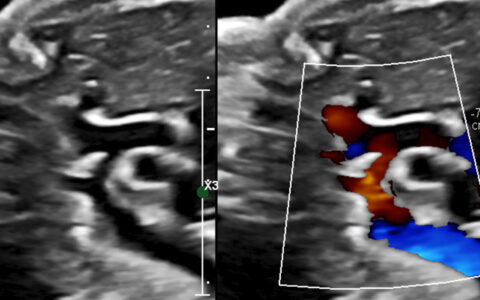Hospital systems strain to comprehensively and effectively address heart failure (HF), which contributes to the HF readmission rates in the United States of 20 percent at one month and 50 percent at six months.
Recognizing the alarming morbidity and financial costs of HF, the American College of Cardiology has published an expert consensus in the Journal of the American College of Cardiology that details a pathway through heart failure treatment. Lynne Stevenson, M.D., director of cardiomyopathy at Vanderbilt University Medical Center, is vice chair of the writing committee.
“With heart failure, repeated hospitalization cannot always be prevented,” Stevenson said. “But we can improve the patient trajectory from the ED through the hospital all the way to the follow-up visit and beyond. This pathway is a template for that improvement.”
Stevenson spoke on the goals and strategies included in the consensus pathway at the American Heart Association Scientific Sessions on November 16.
Developing an HF Pathway Model
Originally, Stevenson and the committee were tasked with developing a risk assessment strategy for discharge. However, after reviewing many risk factors and scores, they found themselves comparing apples to oranges. “You can use scores for single events like a stroke or a heart attack. With HF, though, most patients who come to the hospital are at neither the beginning nor the end of their journey, but at different points along the way,” Stevenson said.
“We can improve the patient trajectory from the ED through the hospital all the way to the follow-up visit and beyond. This pathway is a template for that improvement.”
A recent Lean event at Vanderbilt, in which over 100 participants brainstormed about process improvement in HF hospitalization, inspired a template that worked for Stevenson and colleagues. “We needed to outline a HF pathway model that accounts for the different stages in the disease process patients may be in, and it needed to combine immediate and long-term goals.”
Stevenson believes the pathway model that the committee developed will bring value beyond risk assessment to drive more effective treatment, including reducing risks after discharge and improving quality and length of life.
Key Components
The heart failure treatment pathway described in the consensus is complex, reflecting the reality of managing patients with HF. Key steps it asks hospitals to address include:
- Providing the ED with the personalized templates for effective early triage of patients with known HF
- Extending plans to address other conditions affecting the patient with HF, both medical and psychosocial
- Recognizing and relieving residual congestion that increases long-term risks of readmission and death
- Providing an in-hospital transition day between IV and oral medications to ensure stability before discharge
- Supervising of medication reconciliation and optimization by pharmacists from admission to discharge and follow-up
- Engaging the patient and family in meaningful discussion of goals of care with support from social work and palliative care
- Coordinating the discharge planning that includes community resources, post-discharge phone calls, and early return to clinic
- Creating a template for the clinical course and long-term plan for hand-off to the outpatient provider team
Implementing the Pathway
At Vanderbilt, momentum toward a comprehensive HF pathway is already strong. Stevenson says that the ED has aligned staff and EHR chart flags to provide more tailored triage, while the Department of Pharmaceutical Services has created what she calls “a perfect model” of medication review and guidance from admission through post-discharge. Clinicians and staff are more focused on shepherding HF patients through discharge and follow-up, creating more effective bridges between inpatient and outpatient care.
“We all agree that following a pathway is necessary to optimize care and minimize readmission, but emphasis has often been on shortening the time,” Stevenson said. “The immediate priorities of crowded EDs and long waiting lists must be balanced by milestones to be set and met for patients to derive the full benefit of hospitalization.”




